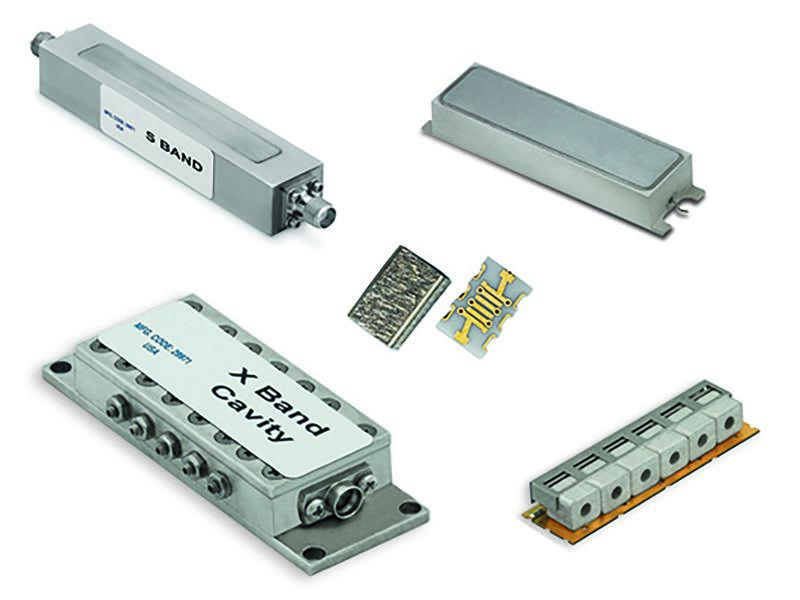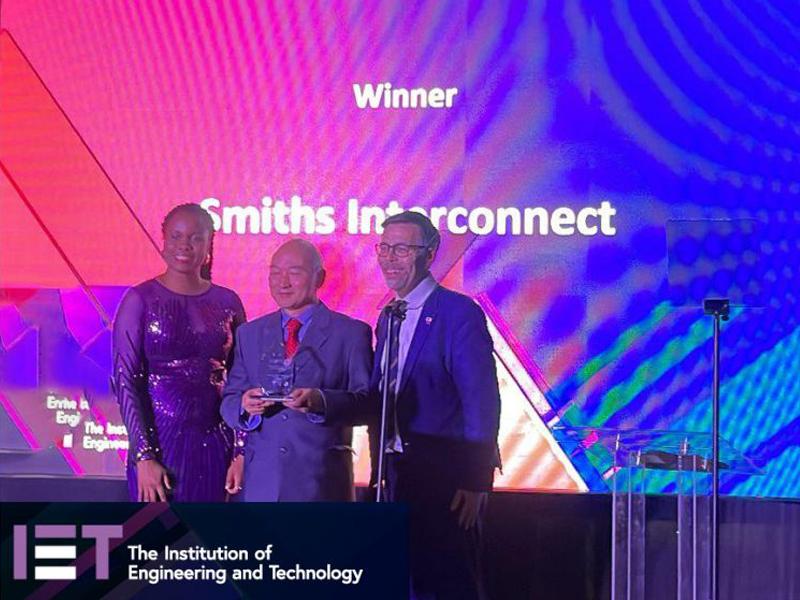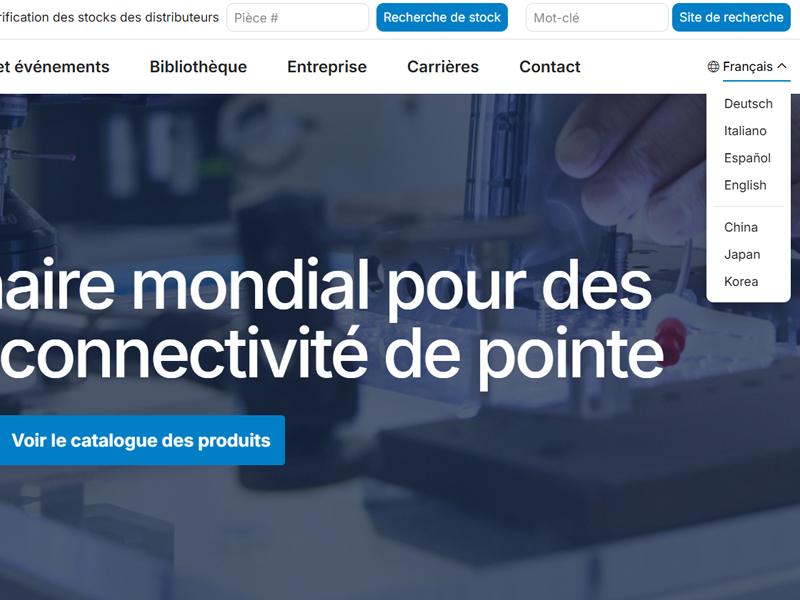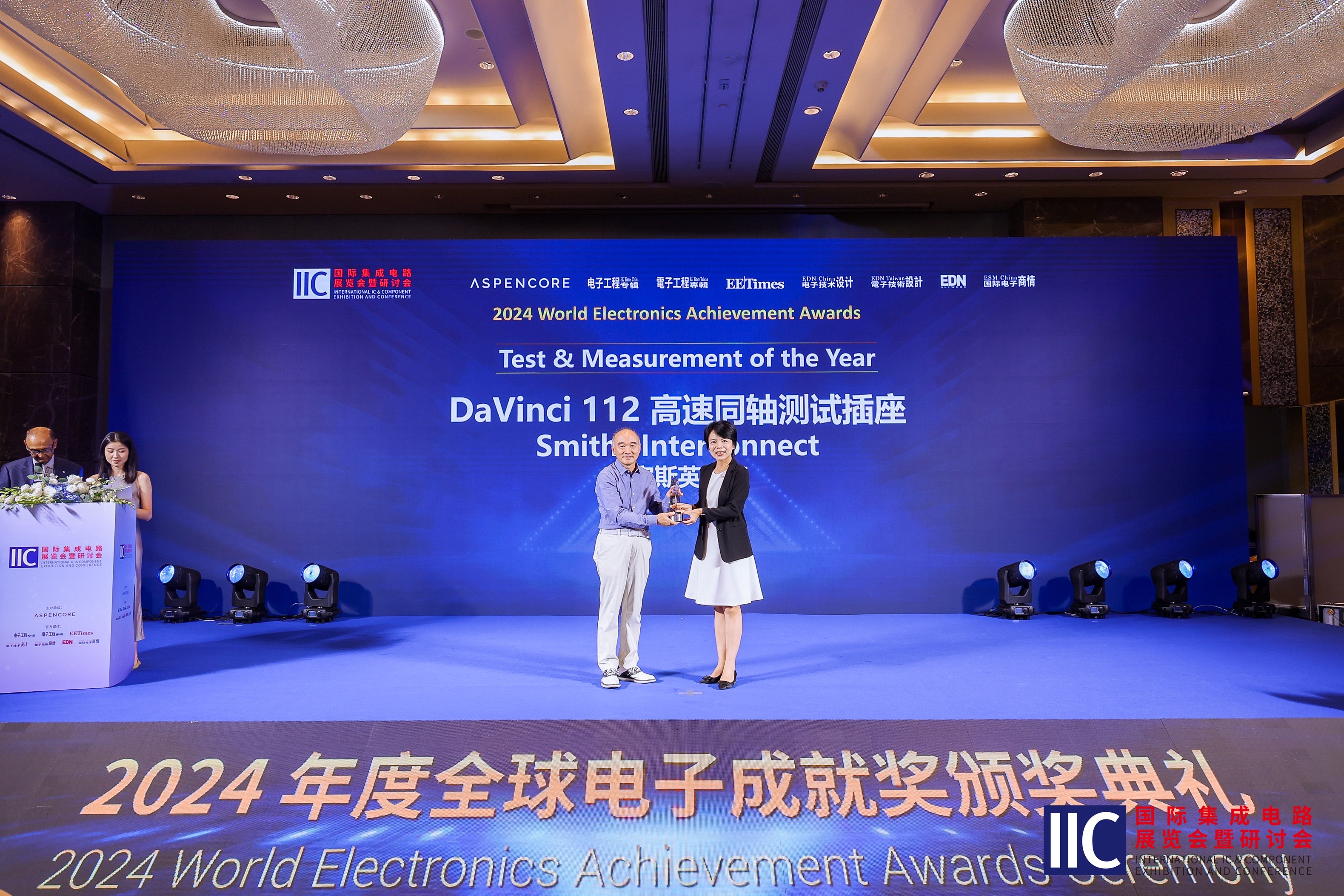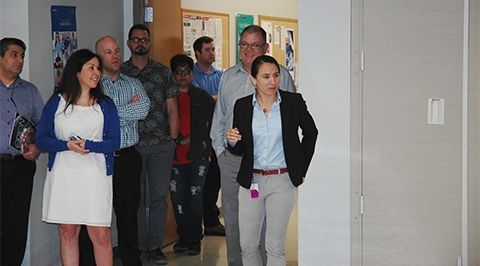
London, UK – Rep Sharice Davids (D-KS) recently visited Smiths Interconnect’s facility in Kansas City, KS US to celebrate the company’s participation in the prestigious NASA Orion spacecraft development program, designed to lead the return of humans to the Moon, on to Mars, and visit new destinations in the solar system.
Working with Lockheed Martin, prime contractor to NASA for Orion, Smiths Interconnect is among the companies that have contributed to the Orion program since its inception.
NASA has announced “Orion is designed to enable NASA to take the next giant leap into deep space exploration. Built upon 50 years of human spaceflight mission experience, the spacecraft has been designed, assembled and tested with advanced technologies and equipment from all over the United States to make it the safest, and most capable, human exploration spaceship ever built. Orion’s business partners in all 50 states and Puerto Rico have supported NASA and Lockheed Martin, in this bold endeavor”.
Smiths Interconnect supported NASA and Lockheed Martin in the development of the crew capsule internal data network, which is the vital Ethernet connection on the space capsule, ensuring communication to all the sensors and equipment within the human-rated spacecraft.
The network had to be capable of quickly transmitting massive amounts of data throughout the spacecraft with hardware as light and durable as possible. This required lighter, smaller connectors qualified to transmit large amounts of data and survive the harsh conditions of space travel; criteria that existing connectors couldn’t meet. NASA, through Lockheed Martin, also desired connectors with a higher impedance rating than communication network standards, allowing more data to be transmitted at lower voltage rates. Connectors also needed to support stringent environmental requirements, including the ability to withstand takeoff, aquatic landings, and violent jettisoning of the crew module if the launch is aborted.
Lockheed Martin selected Smiths Interconnect’s high-speed D-sub connectors for their mechanical ruggedness, electromagnetic shielding capability, and electrical performance, supporting high speed data networks.
“Our connectors are known for their durability, resistance to shock and vibration, electromagnetic shielding, and electrical performance,” said Paul Harris, VP Sales and Marketing at Smiths Interconnect. “As expected, they allowed Orion’s data system to transmit more data than the network used in the Space Shuttle era while also eliminating extraneous signal noise, which can cause data loss, especially at the low voltage levels for which the system is designed.”
Orion’s first test flight in December 2014, Exploration Flight Test-1, utilized Smiths Interconnect’s D-Sub connectors, which performed successfully. They also functioned flawlessly in the testing leading up to that test flight.
“Space is a key market segment for Smiths Interconnect, as it provides an opportunity to design innovative solutions for extreme environments and their inherent technological challenges and then to develop those technologies into reliable, high performance products for the most demanding applications, ensuring our customers’ satisfaction while contributing to our company’s growth,” Mr. Harris concluded.

London, UK – Rep Sharice Davids (D-KS) recently visited Smiths Interconnect’s facility in Kansas City, KS US to celebrate the company’s participation in the prestigious NASA Orion spacecraft development program, designed to lead the return of humans to the Moon, on to Mars, and visit new destinations in the solar system.
Working with Lockheed Martin, prime contractor to NASA for Orion, Smiths Interconnect is among the companies that have contributed to the Orion program since its inception.
NASA has announced “Orion is designed to enable NASA to take the next giant leap into deep space exploration. Built upon 50 years of human spaceflight mission experience, the spacecraft has been designed, assembled and tested with advanced technologies and equipment from all over the United States to make it the safest, and most capable, human exploration spaceship ever built. Orion’s business partners in all 50 states and Puerto Rico have supported NASA and Lockheed Martin, in this bold endeavor”.
Smiths Interconnect supported NASA and Lockheed Martin in the development of the crew capsule internal data network, which is the vital Ethernet connection on the space capsule, ensuring communication to all the sensors and equipment within the human-rated spacecraft.
The network had to be capable of quickly transmitting massive amounts of data throughout the spacecraft with hardware as light and durable as possible. This required lighter, smaller connectors qualified to transmit large amounts of data and survive the harsh conditions of space travel; criteria that existing connectors couldn’t meet. NASA, through Lockheed Martin, also desired connectors with a higher impedance rating than communication network standards, allowing more data to be transmitted at lower voltage rates. Connectors also needed to support stringent environmental requirements, including the ability to withstand takeoff, aquatic landings, and violent jettisoning of the crew module if the launch is aborted.
Lockheed Martin selected Smiths Interconnect’s high-speed D-sub connectors for their mechanical ruggedness, electromagnetic shielding capability, and electrical performance, supporting high speed data networks.
“Our connectors are known for their durability, resistance to shock and vibration, electromagnetic shielding, and electrical performance,” said Paul Harris, VP Sales and Marketing at Smiths Interconnect. “As expected, they allowed Orion’s data system to transmit more data than the network used in the Space Shuttle era while also eliminating extraneous signal noise, which can cause data loss, especially at the low voltage levels for which the system is designed.”
Orion’s first test flight in December 2014, Exploration Flight Test-1, utilized Smiths Interconnect’s D-Sub connectors, which performed successfully. They also functioned flawlessly in the testing leading up to that test flight.
“Space is a key market segment for Smiths Interconnect, as it provides an opportunity to design innovative solutions for extreme environments and their inherent technological challenges and then to develop those technologies into reliable, high performance products for the most demanding applications, ensuring our customers’ satisfaction while contributing to our company’s growth,” Mr. Harris concluded.





